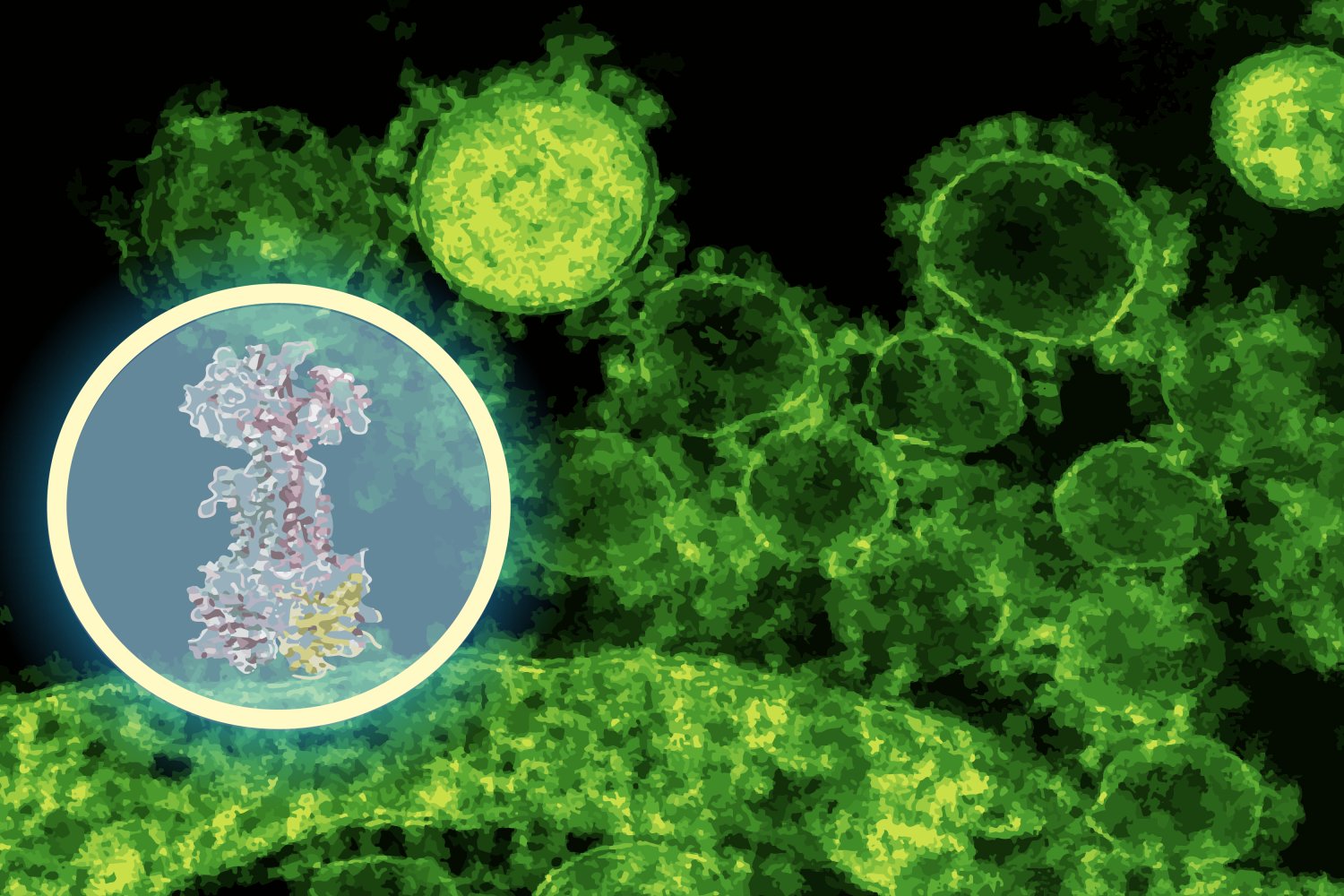Artificial intelligence is transforming the future of antibiotic research. In a recent breakthrough, MIT researchers used a generative AI model to uncover exactly how a new, narrow-spectrum antibiotic targets harmful gut bacteria. Traditional methods of mapping how antibiotics work can take years. But with the power of AI, scientists accelerated this process, gaining critical insights in a fraction of the time.

Faster Discovery, Better Outcomes
By applying advanced AI algorithms, the research team decoded the antibiotic’s mechanism with remarkable speed. The AI model revealed the precise interactions between the drug and disease-causing bacteria in the human gut. This rapid understanding of how antibiotics work not only expedites drug development but also ensures targeted treatments that minimize harm to beneficial gut microbes.
Implications for Future Medicine
This innovation paves the way for designing more effective, narrow-spectrum antibiotics that fight infections while preserving the healthy bacteria essential for digestion and immunity. AI-driven discoveries like this could revolutionize how we combat antibiotic resistance and treat gut-related diseases.
Sources:
MIT News: AI maps how a new antibiotic targets gut bacteria
















